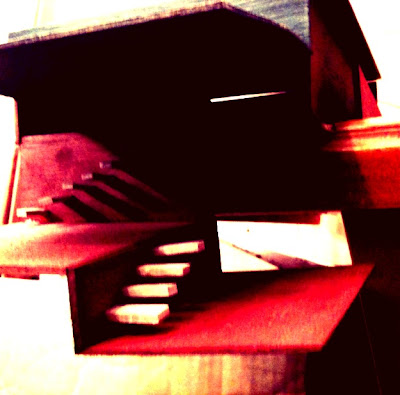
Jurgen Schadeberg was born in Berlin in 1931 and, while still in his teens, worked as an apprentice photographer for a German Press Agency in Hamburg. In 1950 he emigrated to South Africa and became Chief Photographer, Picture Editor and Art Director on Drum Magazine.
It was during this time that Jurgen photographed pivotal moments in the lives of South Africans in the fifties. These photographs represent the life and struggle of South Africans during Apartheid and include important figures in South Africa’s history such as Nelson Mandela, Moroka, Walter Sisulu, Yusuf Dadoo, Huddleston and many others who have been documented at key moments such as during The Defiance Campaign of 1952, The Treason Trial of 1958, The Sophiatown Removals and the Sharpeville Funeral in 1960.
His images also capture key personalities and events in the jazz and literary world such as the Sophiatown jazz scene with Dolly Rathebe, Miriam Makeba, Hugh Masekela and Kippie Moeketsi.
In 1964 Jurgen left South Africa for London and during the sixeties and seventies freelanced as a photojournalist in Europe and America for various prestigious magazines. He also taught at the New School in New York, the Central School of Art & Design in London and the Hoch Kunst School in Hamburg. During this period he curated several major exhibitions including “The Quality of Life” which opened the New National Theatre in 1976. Before returning to South Africa in 1985 Jurgen lived in London, Spain, New York and France. The photographs from this period represent a rich mix of social documentary work as well as some modernist, abstract images.
Jurgen has had a series of major shows including a Retrospective at the South African National Gallery in Cape Town in 1996, a Retrospective in Dublin,2000, New York solo show 2001 a group show at La Maison Europeene de la Photographie, Paris, 2002, Solo show Berlin in 2003, Budapest 2004, a Retrospective in Nicephore Niepce in Chalon Sur Saone in 2004, Neumunster- 55 Years Retrospective - Luxembourg 2005, Bochum Museum Retrospective 2005 and 2006 a touring exhibition of new work “Voices from the Land” in South Africa. Numerous shows followed in 2006 and 2007 including London, Esslingen, Bayreuth, Koln, Belgium, Oslo, Tuscany, Kunsthalle Wien, Johannesburg. In 2007 Jurgen was awarded the Officer’s Verdienst Kreuz First Class by the German President.
Jurgen has edited and published several photographic books including “The Finest Photos from the Old Drum”, “The Fifties People of South Africa”, “Mandela & The Rise of the ANC”, “Voices from Robben Island”, “Sof’town Blues”, and three new books in 2002 “The Black & White Fifties”, “The San of the Kalahari” & “Soweto Today”. “Witness - 52 years of pointing lenses at Life” was published in 2004 and in 2006 “Voices from the Land” . In 2007 he published “Jazz, Swing & Blues – 56 years of SA Jazz” and “Tales from Jozi – new colour work of Johannesburg today.
Together with his producer wife Claudia Jurgen established The Schadeberg Movie Company to produce a series of some 15 documentaries about South African social, cultural and political history.
Jurgen Schadeberg, sometimes known as “The Father of South African Photography”, is a principle figure in South African and World Photography. His major body of work, which spans 60 years and incorporates a collection of some 100,000 negatives, captures a wealth of timeless and iconic images.






































